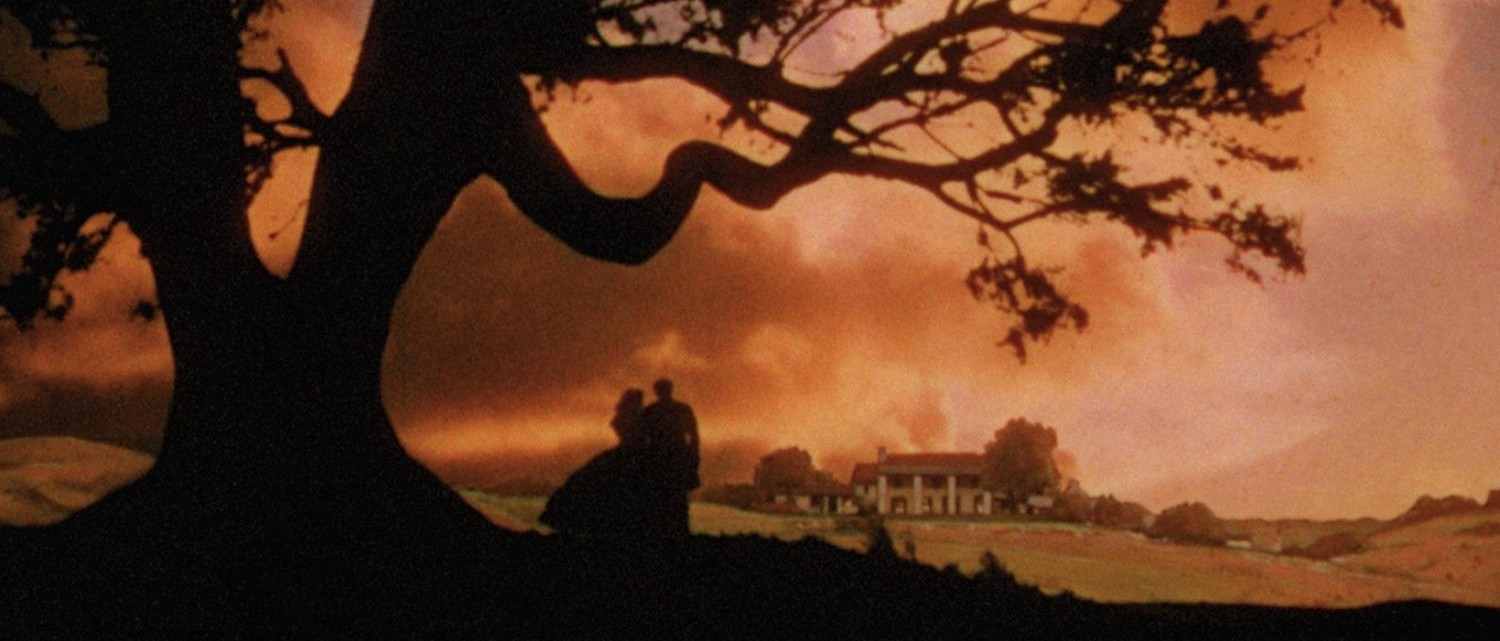A young boy stands like Peter Pan, hands on his hips against the pale background of his bedroom wall. A light pours through the window before him, casting him brightly despite the darkness in the room. The intersecting beams of the window pane cast a skewed cross across him, this distorted cross moving downward to the right against the wall. Suddenly, a large shadow steps into the frame, a personage of darkness that steals most of the light in the room. The boy is now cast in darkness. Here we have a filmic sequence derived from an appeal to the literature of images, a distorted religiosity beckoning the arrival of a diabolical presence. We have a moving picture demonstrating the shrouding of innocence by the waves of a harsh world, a world frustratingly characterized, as we will later learn, by abusers of power and manipulators of morality. Such flattery and gamesmanship is brought more into the light, as it were, when the light recedes into nighttime.
Not to mention, it’s very scary.








